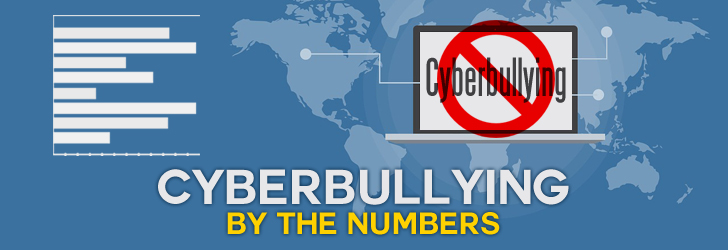
Cyberbullying has been around for decades, but it isn’t until today that it has been catapulted as one of society's biggest social issues. With technology’s unprecedented growth comes the increased integration of these innovations into our everyday lives. More and more people are being sucked into the void of social media, regardless of race, age, or social standing.
The Role of Social Media in Cyberbullying
While social media does have its perks, it comes with the disadvantage of increased propagation of bullying and harassment. This isn’t your typical physical bullying, or direct abuse and harassment. Instead, this type of bullying works in more insidious ways.
Social media gives bullies the opportunity to get away scot-free from their underhanded forms of abuse and harassment. Since this isn’t a face-to-face interaction, cyberbullying allows people to be more direct and in-your-face with their insults and slurs. This platform even gives them the veil of anonymity if they want to escape any form of liability. In short, the integration of social media into our daily lives indirectly gives people a stage to further perpetuate harassment without limits and most of the time, without consequences.
The Worldwide Impact of Cyberbullying
Cyberbullying has a long-lasting impact, and its damages have long been too severe to ignore. There have been numerous reports of depression and suicide due to cyberbullying, and statistics show that these numbers aren’t about to go down anytime soon. The figures below show cyberbullying’s impact around the world.
- 42% of teenagers report being cyberbullied over the past year
- 55%of teens have witnessed cyberbullying online
- 81% of teens agree that cyberbullying allows people to get away with harassment
- 20% of kids who have been cyberbullied think about committing suicide
This means that almost half of the young people you meet have been cyberbullied at one point. Some of the forms of cyberbullying they have experienced range from mean messages and threats, spreading rumors online, posting hurtful messages, stealing an account information to send damaging messages, or spreading of private images without their consent.
More than half of teenagers know that cyberbullying exists, and that it is a grave problem. However, of those young people, 95% have ignored the behavior due to fear, complacency, or even apathy.
A great majority of young people say that social media allows individuals to elude accountability when it comes to online harassment and cyberbullying. As social media sites pride themselves in providing privacy and anonymity to its users indiscriminately, it would be incredibly difficult to exactly pinpoint who is at fault for various forms of cyberbullying.
A fifth of kids and teens who have been cyberbullied admit that they have thought of suicide once or twice. 1 in 10 of those kids actually attempt suicide. Many of them die because of these attempts.
Properly Addressing Cyberbullying
There is no one-size-fits-all response to cyberbullying. However, as an individual, there are a lot of things you can do to stop cyberbullying.
One of the first things you must realize is you are part of the problem, whether by committing these acts of virtual abuse, or by standing idly by as these acts of harassment are happening.
The second thing you must immediately do is step up once you see cyberbullying in any platform. Lastly, you must educate yourself and the people around you about the dangers of cyberbullying.
Cyberbullying affects not only the psyche of the victim, but also the perpetrator as well. Stop this vicious phenomenon by stepping up now!
Share this post
Leave a comment
All comments are moderated. Spammy and bot submitted comments are deleted. Please submit the comments that are helpful to others, and we'll approve your comments. A comment that includes outbound link will only be approved if the content is relevant to the topic, and has some value to our readers.

Comments (0)
No comment